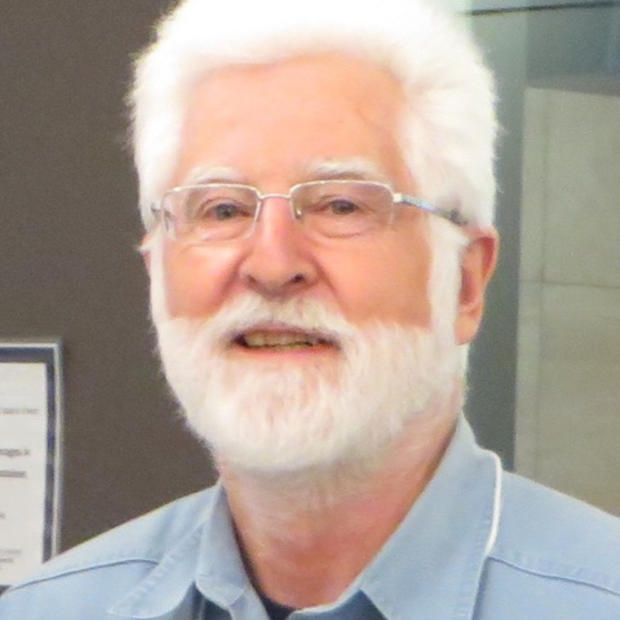The sudden proposal at the Seattle School Board meeting Wednesday night to merge Rainier Beach and Cleveland high schools in the Cleveland building and put Southeast Seattle'ês middle school in the emptied Rainier Beach building and at the same time close a yet-to-be-named elementary school in the South End was represented by the daily papers Thursday as a response to school board members'ê suggestions last week. It could as easily be seen as evidence Superintendent Maria Goodloe-Johnson and her staff have lost their way.
What it certainly shows is how unmoored the whole closure plan is from near- and long-term enrollment planning and any awareness of what families want — and the stability and continuity they and their children need. Yes, the rising budget shortfall, now topping $37 million for the 2009-10 school year, is a scary challenge. But it is not cause for the panic that seems to be settling around the district. One could begin to believe district critics who say Goodloe-Johnson is using the budget crisis to close buildings and programs whose defenders at other times could (and in the past have) mounted successful defenses.
But critics aside, there are elements of the plan that even folks who aren'êt viscerally opposed to school closures should recognize as the wrong course, or missed opportunities at the very least.
Consider K-8s. Parents love them. They'êve been a highly successful draw for students and among them are a couple of the district'ês most admired and sought-after programs, Salmon Bay and TOPS. The school board, elected to help families and see to it we have the best possible schools, should insist that a closure plan create new K-8s. The Goodloe-Johnson plan creates one new K-8 by moving the Thornton Creek program from the Decatur building in northeast Seattle — and that'ês good — but misses the chance to create several more. For example:
The Meany Middle School building into which Goodloe Johnson wants to move two relatively incompatible programs is a perfect location for a K-8 serving south Capitol Hill and the Central Area.
The Aki Kurose Middle School building, which in the Rainier Beach scheme announced Wednesday would be closed, is a perfect site for a K-8 serving Southeast Seattle.
Since there are about 825 students in those two schools and that would be a couple hundred middle schoolers more than good for two K-8s, a third K-8 in the nearly new African American Academy building (built as a K-8) on south Beacon Hill would be just right. (Goodloe-Johnson plans to eliminate the AAA program.)
These changes also leave The New School in Rainier Beach as a K-8.
Not only does this approach create three new K-8s serving southeast Seattle, it leaves open the Aki Kurose building, which Goodloe-Johnson would close. That'ês not a problem. Keep in mind that there'ês no reason to close a full building. State and local school money follows students and so a school operating reasonably close to capacity pays for itself.
This approach also leaves open Van Asselt Elementary, which the superintendent was going to replace by moving the program to the African American Academy Building. That'ês fine, too, because with almost 500 students Van Asselt is paying for itself with enrollment.
Nor is it necessary to merge Rainier Beach and Cleveland high schools. Changing the student assignment plan to require attendance at the closest high school — with some opt-out exceptions — will bring RB enrollment up to where the high school program pays for itself and can offer a full range of classes like any other comprehensive high school. One thousand students will do it. Nathan Hale was a huge success throughout the '90s at that level.
Of course, such a change in the assignment plan is a move toward neighborhood schools, continuing a trend begun by Superintendent John Stanford in the late '90s. The school board may not want to go there but to be honest, they should make the assignment plan decisions first, whatever they choose, so the plan'ês impact on enrollment is out there for all to see. Right now, the plan is to close schools and then change the assignment plan. That'ês backward for any plan based even in part on where kids live.
There are more changes in Goodloe-Johnson'ês plan, including proposals to move a number of programs to empty schools for closure. They'êll be discussed this month and next. A good summary of all the proposals (but not including the Wednesday surprises) and a list of public meetings for community feedback is here.
Finally, let'ês not forget the deficit projected for next year, the driver for all of this. Goodloe-Johnson to her credit plans some serious central office and busing cuts. But it'ês likely that pressed by the school board she could find more administrative staff cuts that would reduce the pressure to close schools before there'ês an assignment plan later this year. The superintendent'ês plan estimates the savings from closing an elementary school at $300,000 to $600,000. At the low end that means you can save a school by laying off only three administrators.
You can imagine that if the school board wants to do its job here and save a few schools, the seven members should all get around a table where Goodloe-Johnson spreads out the central office organization charts. Then they could all start making Xs in a few dozen boxes. That'êd be real teamwork and they can even do it behind closed doors if they want.



